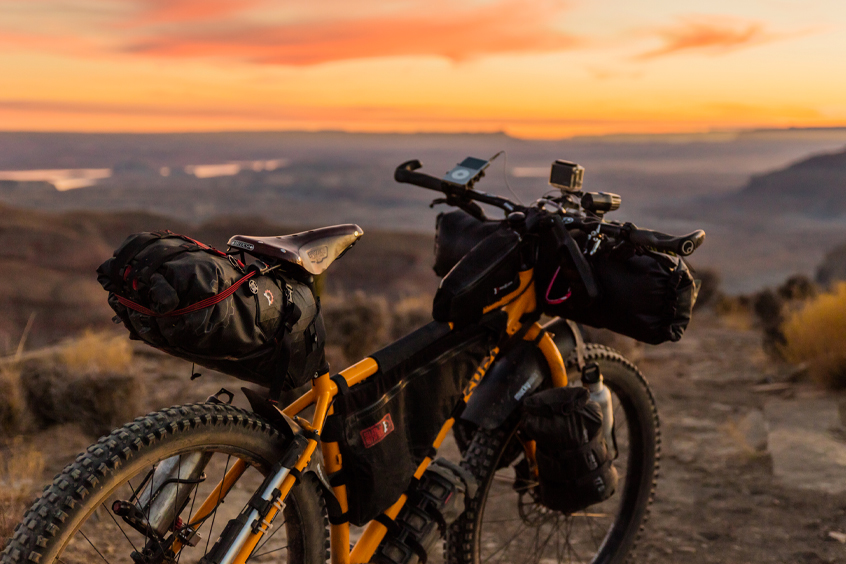
Bike Packing Essentials: What to Bring on Your Next Outdoor Adventure
Are you the type of person that revels in riding your bike in the great outdoors? There’s certainly no better way to recharge your batteries and detach from the modern world than by hopping on your trusty bike and riding off into the wild. Each outing is a new and exciting adventure, with so many places to discover and beautiful sights to witness. Now that’s truly a one-of-a-kind experience that you can’t get enough of.
As unfortunate as it is though, all good things must come to an end. Your biking journey will eventually lead you home as you’re thrust into your regular routine once again. If only that experience could last more than just a few hours. That was until you heard about bike packing, which is essentially a backpacking adventure where you take your bike with you. Imagine that, you get to spend a few days doing what you love most. Doesn’t that sound exciting?
Contents
What Do You Need for Bike Packing?
Quite expectedly, you’ll have to do some preparations before kicking off your trip. The most important thing to remember here is to pack light, compact gear that won’t wear you down as you go.
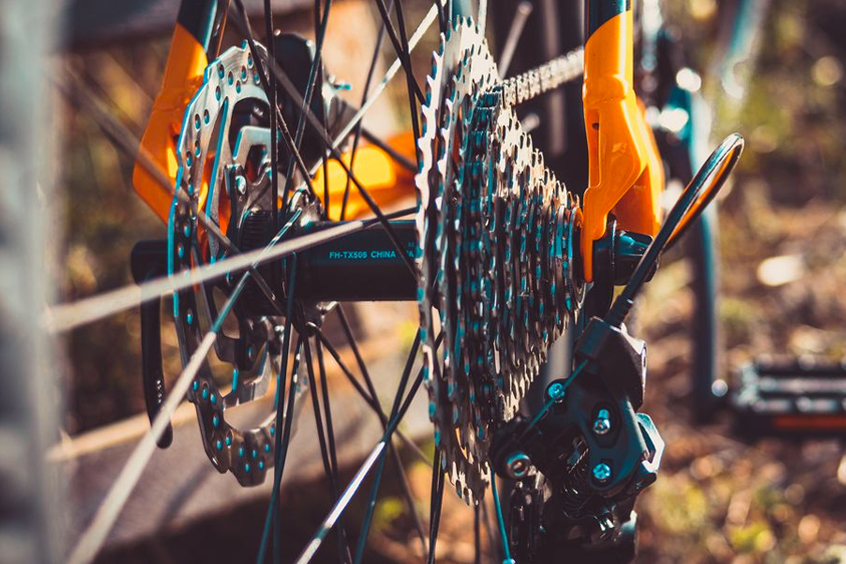
Reliable Bike Gear
First and foremost, you need to make sure your bike is in the best shape possible in order to avoid unpleasant scenarios. You definitely wouldn’t want to end up stranded in a deserted area. Choosing the right bike for yourself and doing all the fine-tuning are the first steps towards ensuring a successful adventure.
Next comes all the safety gear and attire, including a helmet and a biking kit made of natural fibres that will keep you cool in the sun and warm during colder weather. By no means is it a sin to pack a few extra clothes if necessary either, since there’s no way anyone can predict the kinds of conditions you’ll come across during those few days in the open. It’s better to be safe than sorry anyway.
Protective Shelter
You’re bound to stop and rest at some point which is why you shouldn’t underestimate the importance of having a safe space to go back to. Your best bet in such situations is getting a lightweight bike packing tent that’s fully sealed and provides enough room for you to sleep inside comfortably. By doing this, you won’t be dealing with sleepless nights all while being exposed to the elements.
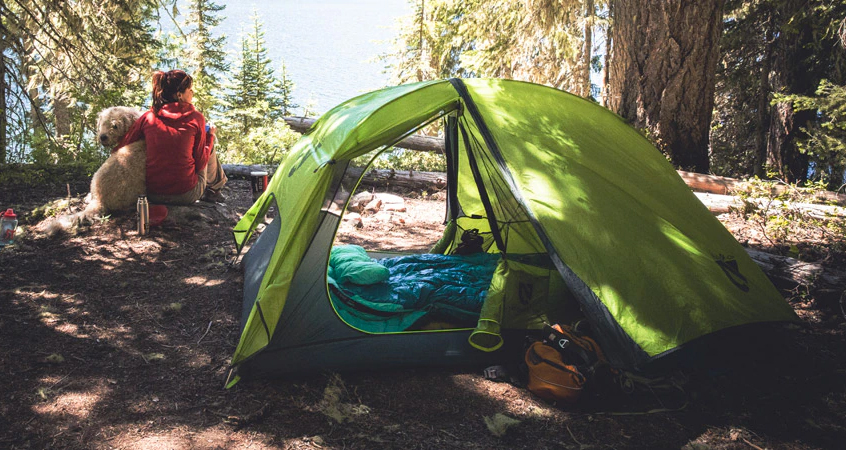
These days, pitching a tent isn’t as complicated as it used to be. Just make sure that you have enough flat ground to secure it into place. Most bike packing tents have a sturdy build, with a wide ridge pole supporting the waterproof exterior to provide plenty of room for all of your clothes, accessories as well as yourself. In addition, some models even have a number of full or half-width pockets for easy access to all of your essentials.
The strong exterior made of nylon fabrics provides sufficient insulation in colder climates as well as protection from condensation. This is largely due to the steep walls at either end which prevent moisture build-up on the roof.
In case of emergencies, all tents for bike packing come with a pre-packed repair kit. This includes all kinds of fabric patches and pole repair sleeves that will help you take care of any damage.
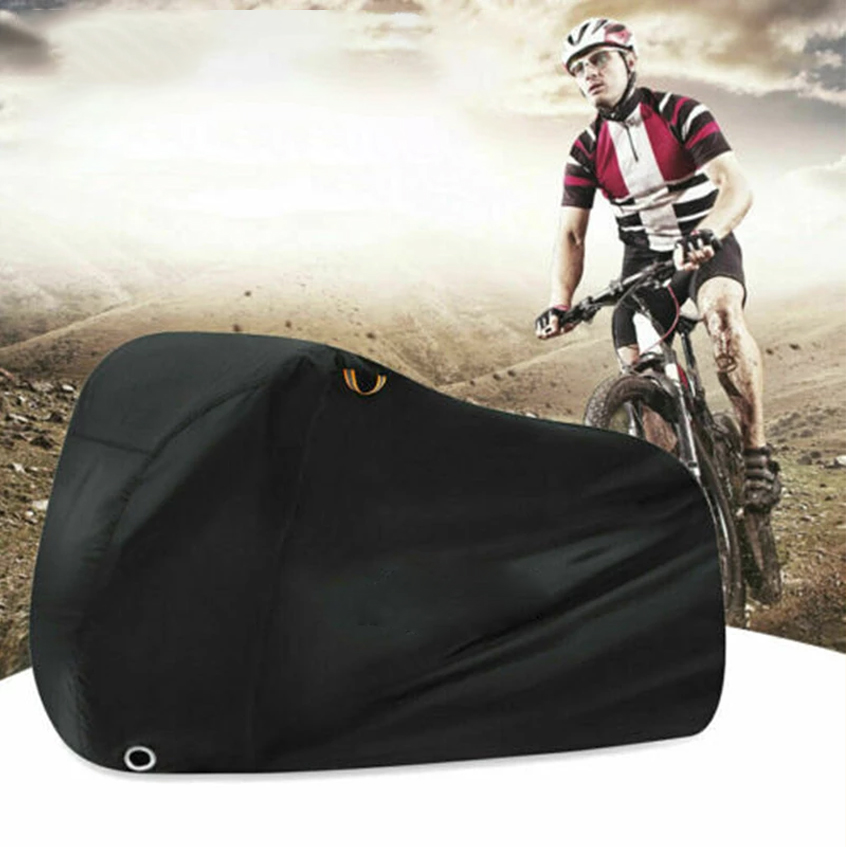
If you’re riding solo, then a one-person tent should be more than enough to provide adequate accommodation. However, if you’re the type of person that likes to travel in pairs or groups, you should consider getting a larger bike packing tent that can easily fit two or more people inside at the same time.
Warm Sleeping Bags
Now that you’ve got your tent set up, it’s time to equip the interior. To get a good night’s sleep, you’ll need a cosy and snug outdoor sleeping bag to keep you warm once the temperatures drop. Bear in mind that there are different temperature ratings for sleeping bags, depending on the season. A general rule of thumb is to go for the higher-rated one since you can always unzip if you’re getting too hot.
In any case, sleeping bags come with two types of insulation – synthetic and down insulation. While the former is more affordable and non-allergenic, the latter has better water-resistance properties and can be compressed for easy packing.
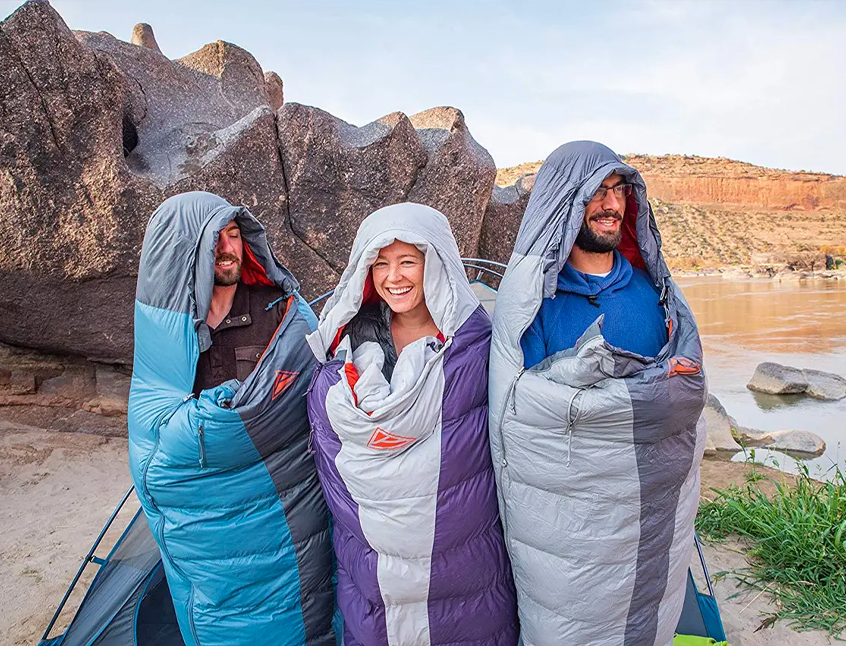
The next factor you should consider is the shape and size of your bag. For a close-fitting design, you should check out semi-rectangular models that are supposed to closely follow the shape and form of your body. On the other hand, if you want more room to move around, then a rectangular outdoor sleeping bag is exactly what you need. This particular shape gives you lots of space to stretch your legs and arms, all while being wrapped up in a warm cocoon. Some bags can even be unzipped entirely and used as a comforter if the need arises.
Pro tip – if you get a back with more than one zipper slider, it’ll be easier for you to adjust ventilation if necessary. Moreover, a zipper guard prevents it from snagging and getting stuck in the fabric so that’s always a handy accessory to have.
Practical LED Torches
Once it starts to get dark, you’ll need some help finding your way around. To help you navigate the terrain, you’ll a reliable LED torch light that will illuminate your path. Mind you, not all outdoor torches are as chunky and heavy as they used to be. In fact, even those robust torches designed for preppers and survivalists are lighter than you’d think thanks to their optimised design.
Most outdoor torches come with a non-slip coating that lets you have a more secure grip. This is particularly convenient since you’re bound to get your hands dirty or wet one way or another so there’s always the risk that your LED torch light will slide through your fingers and fall to the ground.
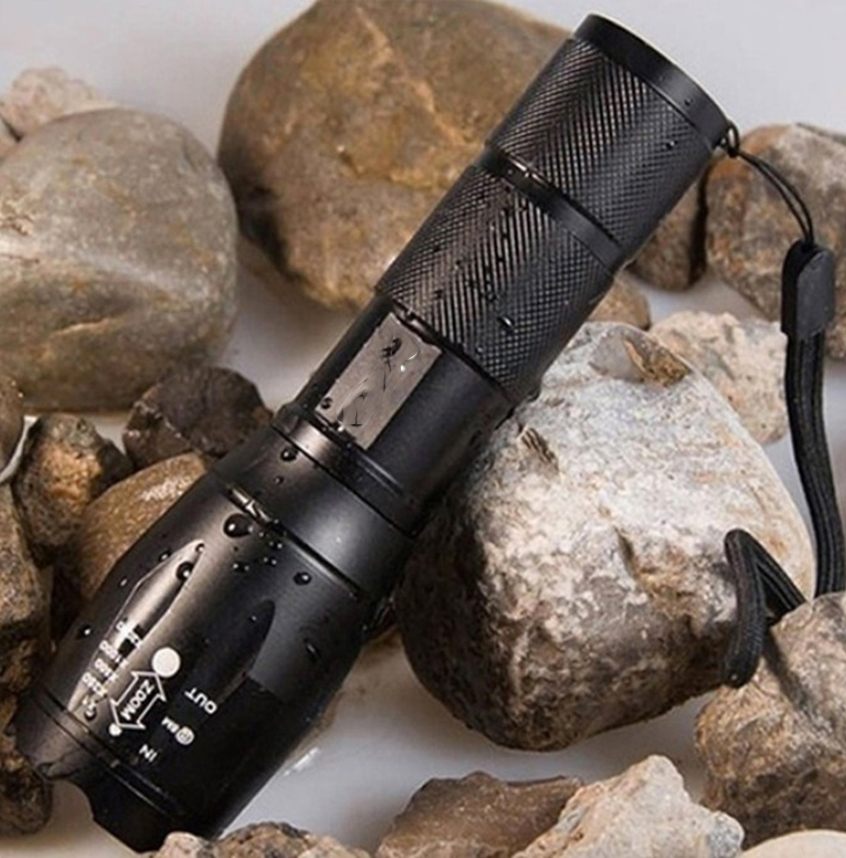
At the other, more compact end of the spectrum, you’ll likely stumble upon penlights that closely resemble, well, a pen. Their condensed structure makes them extremely easy to carry and store in your pocket which is a huge benefit when you’re trying to pack as lightly as you can. Penlights won’t weigh you down or add any unnecessary bulk, regardless of where you decide to keep it.
For those that are inclined towards a hands-free approach, then you should consider head torches as a possible solution. You can either slip it directly onto your head or attach it you a hat or helmet if that’s what you prefer.
Last but not least, you’ll have to consider the lumen output which determines how bright the light will be. In most cases, a lumen output of about 150-200 should be enough to last a whole day.

